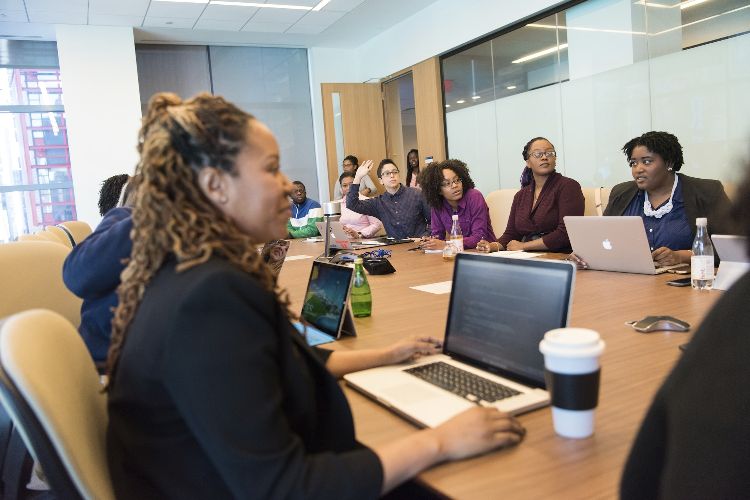5 Tips to Avoid Cliques at Work & Foster Unity Instead
RAFT Team, October 12, 2023
Workplace cliques can be a pervasive issue in many organizations, leading to reduced morale, productivity, and overall cohesion among employees. Often, organizations inadvertently contribute to the formation of these cliques through various practices and behaviors. In this article, we will uncover five common actions organizations unconsciously take that contribute to the development of cliques at work. Moreover, we will explore practical solutions to mitigate these issues and foster a more inclusive, collaborative, and harmonious work environment.
1. Build Stronger Communication Channels
The Problem:
Organizations often inadvertently create cliques when communication channels are limited or biased. When certain employees have access to more information or direct lines of communication with leadership, it can alienate others and promote the formation of exclusive groups.
Solution:
- Open Communication: Encourage open and transparent communication channels accessible to all employees. Regular team meetings, anonymous suggestion boxes, or digital collaboration platforms can help bridge communication gaps.
- Regular Updates: Ensure that important updates and information are consistently shared with the entire team, minimizing the chances of employees feeling left out.
2. Invest in More Team-Building Activities
The Problem:
Failure to invest in team-building activities can result in disconnected workgroups. When employees don't have the opportunity to interact on a personal level, cliques can form based on pre-existing relationships.
Solution:
- Diverse Team Building: Organize diverse team-building activities that encourage employees from different departments or backgrounds to collaborate and build relationships.
- Regular Gatherings: Schedule regular social gatherings, both in-person and virtually, to foster casual interactions and strengthen workplace bonds.
3. Make Decision-Making Impartial
The Problem:
When organizations exhibit favoritism in decision-making processes, it can breed resentment and division among employees. If certain individuals consistently receive special treatment, it can lead to the formation of cliques built around those individuals.
Solution:
- Transparent Decision-Making: Ensure that decision-making processes are transparent and fair, with clear criteria for evaluations and promotions.
- Leadership Training: Train managers and leaders to recognize and address bias, and promote a culture of equity and inclusivity.
4. Incorporate Inclusivity Initiatives
The Problem:
Organizations that overlook inclusivity initiatives miss out on opportunities to create a sense of belonging among all employees. Failure to address diversity and inclusion issues can inadvertently contribute to the formation of cliques, especially among minority groups.
Solution:
- Diversity Training: Invest in diversity and inclusion training programs that educate employees on the importance of inclusivity and respectful behavior.
- Inclusive Policies: Develop and enforce policies that actively promote inclusivity and respect for all employees, regardless of their background.
5. Encourage Collaboration
The Problem:
Organizations that excessively promote cutthroat competition among employees may inadvertently foster cliques formed around rivalries or those who align for competitive advantage.
Solution:
- Collaboration Over Competition: Shift the focus from cutthroat competition to collaborative efforts. Encourage teamwork and reward collective achievements.
- Mentorship Programs: Implement mentorship programs that connect experienced employees with newcomers, fostering a supportive environment.
Addressing cliques at work requires a proactive approach from organizations. By identifying and rectifying unconscious practices that contribute to clique formation, organizations can foster a more inclusive, cohesive, and harmonious work environment. Dealing with cliques at work is not about eradicating friendships or collaboration but ensuring that these bonds do not inadvertently exclude others. Through open communication, inclusivity initiatives, and a culture of fairness, organizations can pave the way for a more unified and engaged workforce.







